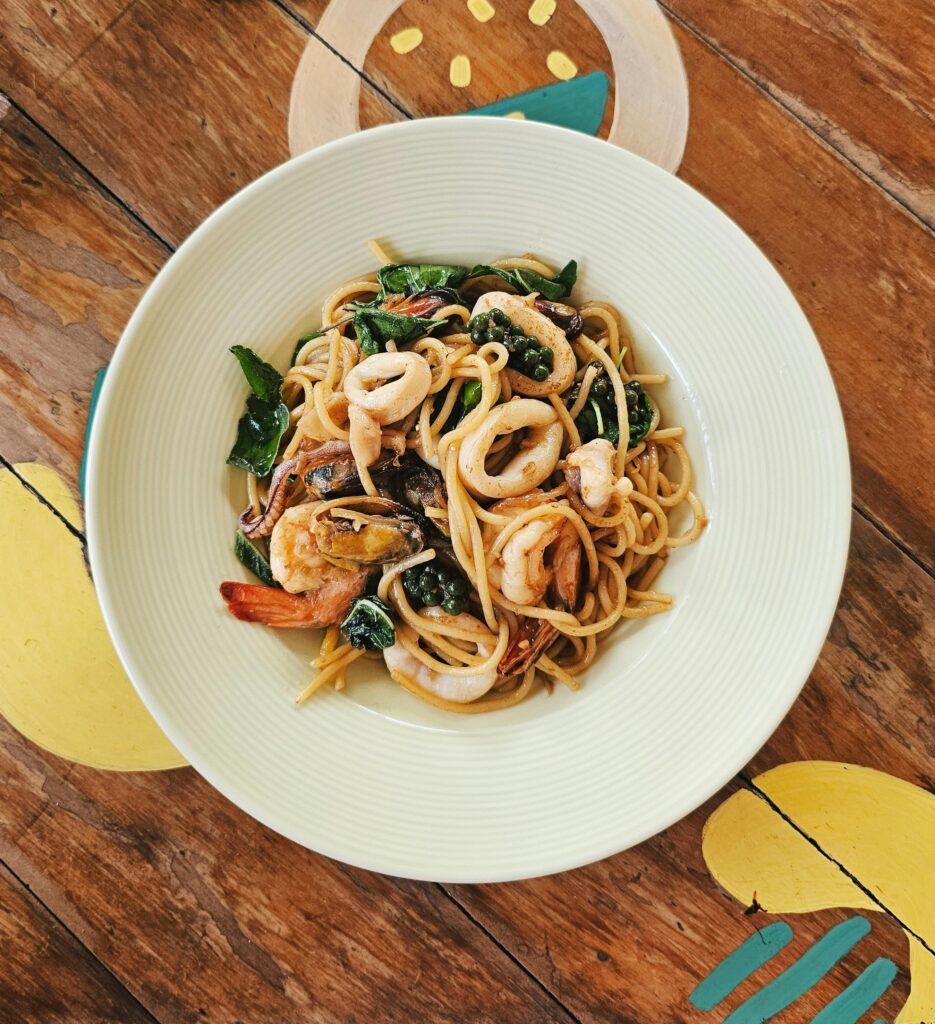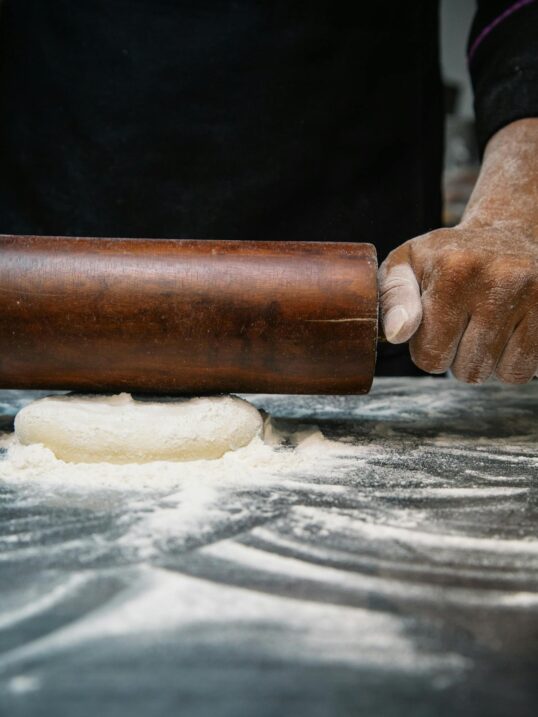When it comes to pasta, choosing the right type can make a significant difference in the texture and taste of your dish.
Linguine and fettuccine are popular pasta varieties that may look similar but have distinct characteristics. Understanding their differences can help you select the best one for your next meal.
What is Linguine?
Linguine, which means “little tongues” in Italian, is a type of long, thin, and flattened pasta.
It is somewhat wider than spaghetti but narrower than fettuccine, giving it a delicate texture that pairs well with lighter sauces.
Best Uses for Linguine
- Works well with light, oil-based sauces like aglio e olio.
- Complements seafood dishes, such as linguine with clams.
- Pairs well with creamy yet lighter sauces like pesto.
What is Fettuccine?
Fettuccine, meaning “little ribbons” in Italian, is a thicker and wider pasta with a flat shape. It has a robust texture that allows it to hold up to heavier, cream-based sauces.
Best Uses for Fettuccine
- Ideal for rich, creamy sauces like Alfredo sauce.
- Pairs well with hearty meat-based sauces such as Bolognese.
- Suitable for dishes that require pasta with more bite and substance.
Differences Between Linguine vs Fettuccine
While both linguine and fettuccine are long, ribbon-like pasta, they have key differences that influence how they pair with sauces and ingredients.
Linguine is thinner and slightly flattened, making it ideal for lighter sauces and seafood-based dishes. On the other hand, fettuccine is broader and has a more substantial texture, allowing it to hold up to thick, creamy, and meat-based sauces.
| Feature | Linguine | Fettuccine |
|---|---|---|
| Shape | Long, thin, and slightly flattened | Wider, flat ribbons |
| Texture | Delicate and light | Firm and robust |
| Best Sauces | Light oil-based or seafood sauces | Creamy or meat-based sauces |
| Common Dishes | Linguine with clams, pesto pasta | Fettuccine Alfredo, Fettuccine Bolognese |
Similarities Between Linguine and Fettuccine
Despite their differences, linguine and fettuccine share several similarities:
- Long, Ribbon-Like Shape – Both kinds of pasta are long and flat, making them great for twirling around a fork.
- Versatility – They can be used interchangeably in some dishes depending on personal preference.
- Italian Origin – Both are traditional Italian pasta types commonly found in various regional cuisines.
- Pair Well with a Variety of Sauces – While each has its preferred sauce pairings, both linguine and fettuccine can adapt to different flavors and ingredients.
Best Dishes for Linguine
Linguine is commonly used in dishes that highlight its delicate texture and ability to hold lighter sauces. Some of the best dishes for linguine include:
- Linguine alle Vongole – A classic Italian dish made with fresh clams, garlic, white wine, and olive oil.
- Pesto Linguine – A flavorful dish featuring fresh basil pesto, pine nuts, and Parmesan cheese.
- Lemon Garlic Shrimp Linguine – A light yet satisfying dish with shrimp, lemon zest, garlic, and a splash of white wine.
Best Dishes for Fettuccine
Fettuccine is best suited for hearty, rich sauces that cling to its thick ribbons. Some of the top dishes that use fettuccine include:
- Fettuccine Alfredo – A creamy, indulgent pasta dish with butter, Parmesan, and heavy cream.
- Fettuccine Bolognese – A hearty meat sauce made with ground beef, tomatoes, and aromatic herbs.
- Chicken and Mushroom Fettuccine – A comforting dish with sautéed mushrooms, chicken, and a creamy sauce.
Which One Should You Choose?
The choice between linguine and fettuccine depends on the type of dish you are preparing. If you are making a light, seafood-based dish or a simple olive oil and garlic pasta, linguine is the better choice. However, if you want a pasta that can hold up to a rich and creamy sauce, fettuccine is the way to go.
Insider’s Insight
Both linguine and fettuccine have their place in the culinary world, and knowing their differences allows you to elevate your pasta dishes.
Whether you prefer the lightness of linguine or the heartiness of fettuccine, selecting the right pasta ensures the best flavor and texture for your meal.




Leave a Reply